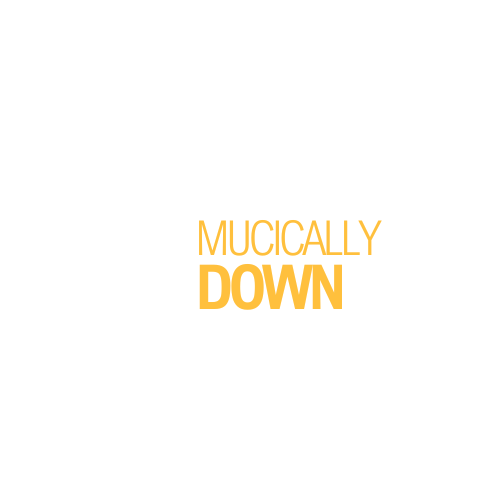For music aficionados, there’s nothing quite like delving into a complete discography. It’s a deep dive into an artist’s evolution, a journey through their creative highs and lows, and a chance to truly appreciate their musical genius. Whether you’re a seasoned collector or a casual listener, understanding complete discographies can enrich your musical experience.
Complete Discographies

When embarking on the journey of exploring complete discographies, it’s vital to concentrate on four core elements: understanding an artist’s studio albums, recognizing their ‘live’ recordings, appreciating non-album tracks, and being aware of the context in their creation. First, an exploration of studio albums provides deep insights into an artist’s creative process. For instance, a comparison of Bob Dylan’s early albums like “The Freewheelin’ Bob Dylan” with his later work such as “Tempest” showcases an evolving musical genius.
Second, many artists have ‘live’ albums or concert recordings which capture their dynamic performance abilities. These albums, like The Grateful Dead’s “Europe ’72,” can enhance an understanding of the artist’s music. Third, non-album tracks – including B-sides, rarities, and demo recordings – can provide unique perspectives on an artist’s work. For example, the Beatles’ “Hey Jude” and “Revolution,” both B-sides, garnered critical acclaim.
Finally, appreciating the context in which an album was created can enhance its understanding. Factors like the prevailing societal environment, personal life events, or ongoing music trends can influence the music of a particular era. Thus, an effective exploration of complete discographies requires not only thorough listening but also a comprehensive understanding of these facets.
Key Features of a Complete Discography

A comprehensive discography not only includes studio and live recordings but also incorporates non-album tracks, providing a fuller understanding of an artist’s work. For instance, studio albums detail an artist’s creative journey. From early albums reflecting the raw talent, like Bob Dylan’s debut album “Bob Dylan” released in 1962, to later works demonstrating the artist’s seasoned craftsmanship, such as “Tempest” in 2012, they bear witness to the artist’s evolving musical style.
Live albums, on the other hand, deliver a distinct sonic experience. They capture the energy of performances and the spontaneity of the artist, illustrated by The Grateful Dead’s “Europe ’72”, bursting with vibrant performances.
Lastly, non-album tracks, like the Beatles’ B-sides, serve as hidden gems, often not in regular albums, yet revealing unique aspects of the artist’s ingenuity. Together, these components make up the key features of a complete discography, enhancing a music lover’s understanding and appreciation for an artist’s full body of work.
Reviewing Notable Complete Discographies

Considering the breadth of an artist’s output, three complete discographies stand out as quintessential references. Firstly, Bob Dylan’s discography, with 39 studio albums, exemplifies his prolonged artistic evolution. His track “Blowin’ in the Wind” from the album “The Freewheelin’ Bob Dylan,” serves as an initial glimpse towards his enduring relevance. Secondly, the Beatles, known for innovatively creative B-sides like “Rain” and “Hey Bulldog,” have 12 original UK albums impacting multicultural music scenes over the decade. Lastly, the Grateful Dead’s “Europe ’72,” a classic live recording, underscores the band’s improvisational prowess amidst 22 albums. They expose the impact of environment, band dynamics, and artistic growth on music productions, fostering deeper musical connectivity and comprehension.
Impact on Music Industry
Diving into complete discographies isn’t just a fan’s endeavor. It’s a journey into the heart of an artist’s creative process. The evolution seen in Bob Dylan’s 39 studio albums, the innovation captured in the Beatles’ B-sides, and the improvisational brilliance of the Grateful Dead’s “Europe ’72” all testify to this. These intricate narratives offer a deeper understanding of music, revealing how environment, band dynamics, and artistic growth shape music production. The music industry thrives on such insights, using them to identify trends and forecast future directions. So, whether you’re a music enthusiast or industry professional, delving into complete discographies provides a richer, more nuanced appreciation of music’s ever-evolving landscape.

